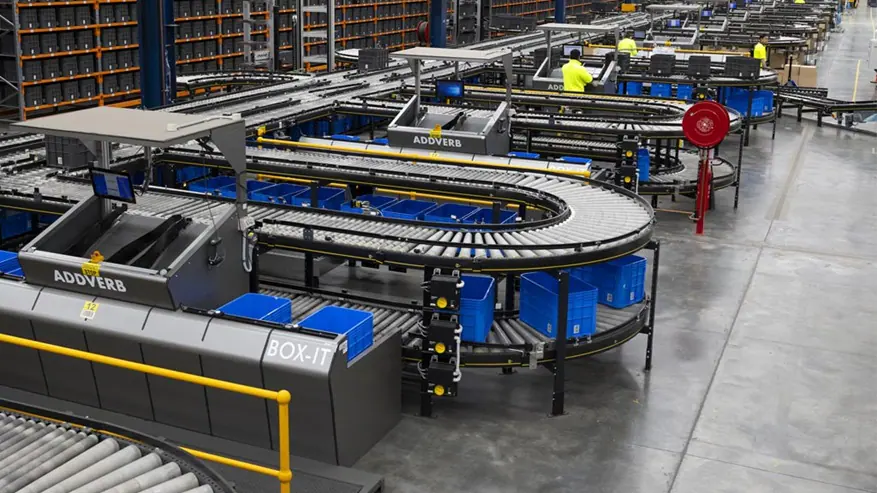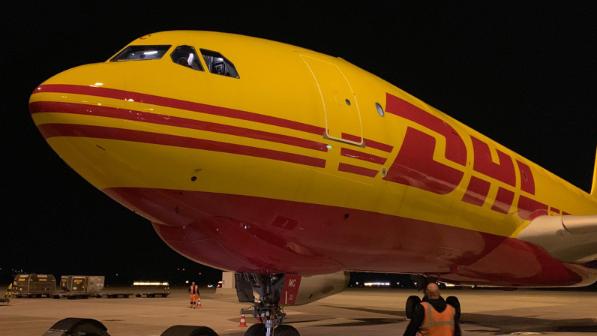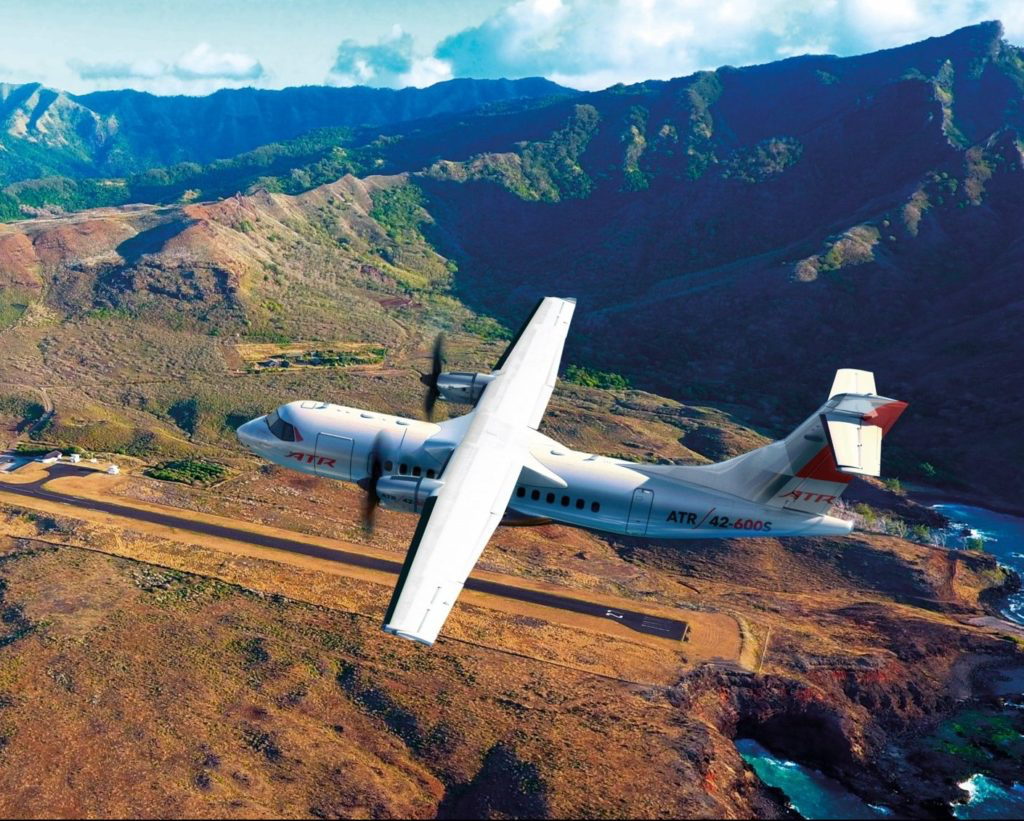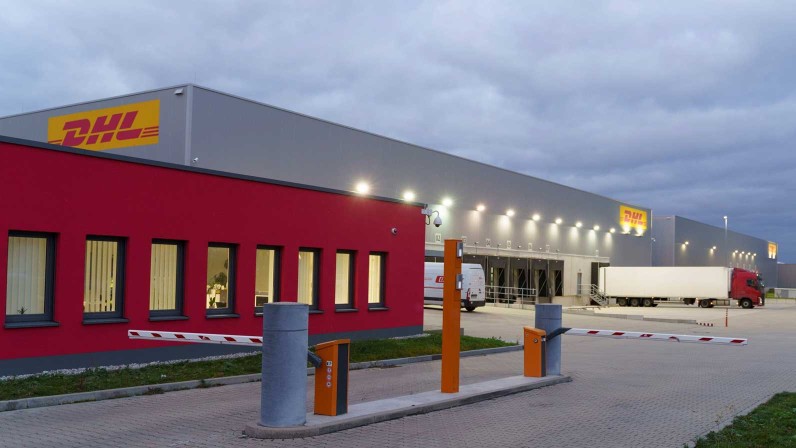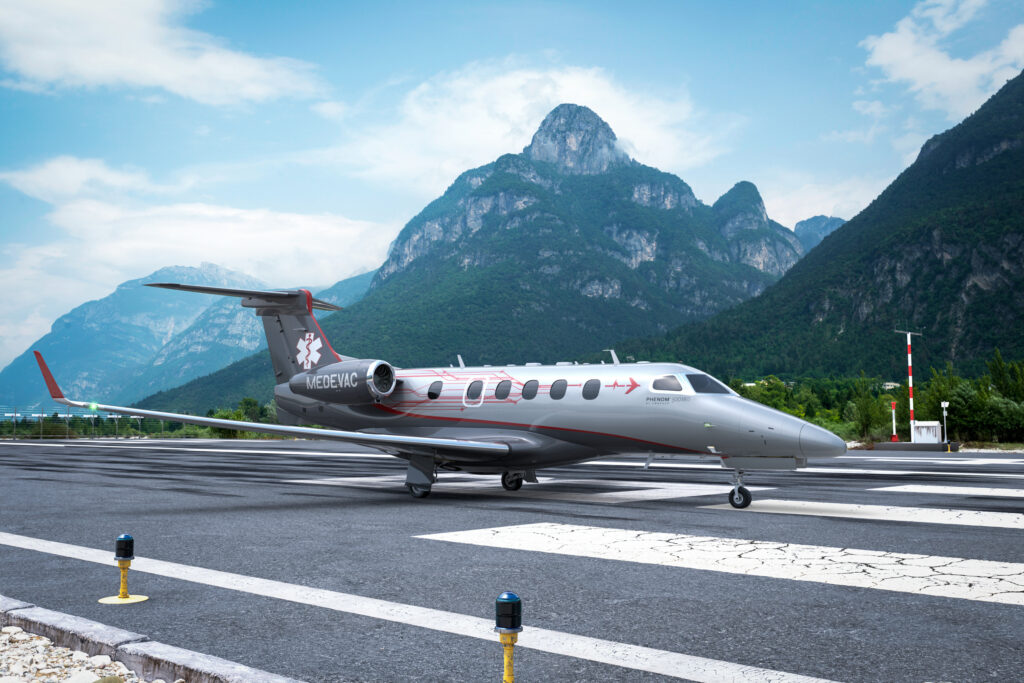Maersk doubles down on growth in Australia with Omnichannel Fulfilment
A.P. Moller-Maersk AS (OTC: AMKBY) is strengthening its omnichannel-fulfilment capabilities in Australia, with the opening of seven new facilities across the country. As the integrated container and logistics company celebrates its 30th anniversary in Australia,…
